Novell Training Services
Table of contents :
Title Page……Page 1
Introduction……Page 13
Audience……Page 14
Certification and Prerequisites……Page 15
SUSE Linux Enterprise Server 10 Support and Maintenance……Page 17
Novell Customer Center……Page 18
SUSE Linux Enterprise Server 10 Online Resources……Page 19
Agenda……Page 20
Scenario……Page 21
Exercise Conventions……Page 22
Objectives……Page 23
The Historical Development of UNIX……Page 24
The Development of Linux……Page 26
The Software Differences Between SUSE Linux and SUSE Linux Enterprise Server……Page 28
Objective 2 Understand the Multiuser Environment……Page 30
Pre-Installation Requirements and Guidelines……Page 33
Installation Options……Page 35
Basic Installation……Page 37
Configuration……Page 44
Exercise 1-1 Install SUSE Linux Enterprise Server 10……Page 56
Summary……Page 57
Objectives……Page 59
Introduction……Page 60
Objective 1 Overview of the Linux Desktop……Page 61
Log In……Page 64
Log Out and Shut Down……Page 67
Exercise 2-1 Log In to and Log Out from the GNOME Desktop……Page 69
Identify GNOME Desktop Components……Page 70
Manage Icons in GNOME……Page 73
Exercise 2-2 Work with Icons in GNOME……Page 78
Use the GNOME File Manager (Nautilus)……Page 79
Exercise 2-3 Use the GNOME File Manager (Nautilus)……Page 81
Objective 3 Access the Command Line Interface From the Desktop……Page 82
Exercise 2-4 Access the Command Line Interface……Page 84
Summary……Page 85
Objectives……Page 87
Objective 1 Get to Know YaST……Page 88
Exercise 3-1 Get to Know YaST……Page 92
Objective 2 Understand the Role of SuSEconfig……Page 93
Objective 3 Manage the Network Configuration Information from YaST……Page 95
Exercise 3-2 Manage the Network Configuration Information from YaST……Page 106
Objective 4 Install Software Packages……Page 107
Objective 5 Manage Installation Sources……Page 110
Exercise 3-3 Install New Software……Page 112
Summary……Page 113
Objectives……Page 117
Objective 1 Access and Use man Pages……Page 118
Exercise 4-1 Access and Use man Pages……Page 124
Objective 2 Use info Pages……Page 125
Exercise 4-2 Access and Use info Pages……Page 127
Release Notes……Page 128
Help for Installed Packages……Page 129
Howtos……Page 130
Exercise 4-3 Access Release Notes and White Papers Pages……Page 131
Objective 4 Use GUI-Based Help……Page 132
Objective 5 Find Help on the Web……Page 133
Exercise 4-4 Find Help on the Web……Page 134
Summary……Page 135
Objectives……Page 139
Objective 1 Understand the File System Hierarchy Standard (FHS)……Page 140
The Hierarchical Structure of the File System……Page 142
Root Directory /……Page 144
Essential Binaries for Use by All Users (/bin)……Page 145
Device Files (/dev)……Page 146
Configuration Files (/etc)……Page 149
User Directories (/home)……Page 151
Application Directory (/opt)……Page 152
System Binaries (/sbin)……Page 153
Temporary Area (/tmp)……Page 154
The Hierarchy below /usr……Page 155
Process Files (/proc)……Page 156
System Information Directory (/sys)……Page 159
Mountpoint for Temporarily Mounted File Systems (/mnt)……Page 160
Directories for Mounting Other File Systems……Page 161
Exercise 5-1 Explore the SUSE Linux File System Hierarchy……Page 163
Normal Files……Page 164
Sockets……Page 165
FIFOs……Page 166
cd……Page 167
ls……Page 168
pwd……Page 169
Exercise 5-2 Change Directories and List Directory Contents……Page 170
Create a New File with touch……Page 171
View a File with less……Page 172
View a File with head and tail……Page 173
Exercise 5-3 Create and View Files……Page 175
Copy and Move Files and Directories……Page 176
Exercise 5-4 Copy and Move Files and Directories……Page 179
Create Directories……Page 180
Exercise 5-5 Create Directories……Page 181
Delete Files and Directories……Page 182
Exercise 5-6 Delete Files and Directories……Page 184
Link Files……Page 185
Exercise 5-7 Link Files……Page 188
Objective 6 Find Files on Linux……Page 189
Graphical Search Tools……Page 190
find……Page 192
locate……Page 195
which……Page 197
type……Page 198
Exercise 5-8 Find Files on Linux……Page 199
Use the Command grep……Page 200
Use Regular Expressions……Page 201
Exercise 5-9 Search File Content……Page 204
Summary……Page 205
Objectives……Page 213
Types of Shells……Page 214
bash Configuration Files……Page 215
Completion of Commands and File Names……Page 217
History Function……Page 218
Switch to User root……Page 219
Exercise 6-1 Execute Commands at the Command Line……Page 220
Variables……Page 221
Aliases……Page 222
Exercise 6-2 Perform Common Command Line Tasks……Page 225
Select your Character Encoding……Page 226
Name Expansion Using Search Patterns……Page 229
Prevent the Shell from Interpreting Special Characters……Page 230
Exercise 6-3 Work with Command Syntax and Special Characters……Page 232
Objective 5 Use Piping and Redirection……Page 233
Exercise 6-4 Use Piping and Redirection……Page 238
Summary……Page 239
Objectives……Page 245
Objective 1 Get to Know Linux Text Editors……Page 246
Start vi……Page 248
Use the Editor vi……Page 249
Learn the Working Modes……Page 250
Exercise 7-1 Use vi to Edit Files in the Linux System……Page 253
Summary……Page 254
Objectives……Page 255
Basics About Users and Groups……Page 256
User and Group Administration with YaST……Page 257
Exercise 8-1 Manage User Accounts with YaST……Page 268
File System Security Components……Page 269
Users and Groups……Page 270
Exercise 8-2 Check User and Group Information on Your Server……Page 280
Manage User Accounts From the Command Line……Page 281
Manage Groups From the Command Line……Page 286
Create Text Login Messages……Page 288
Exercise 8-3 Create and Manage Users and Groups from the Command Line……Page 290
Understand File Permissions……Page 291
Change File Permissions with chmod……Page 294
Change File Ownership with chown and chgrp……Page 296
Exercise 8-4 Manage File Permissions and Ownership……Page 298
Modify Default Access Permissions……Page 299
Configure Special File Permissions……Page 301
The Basic Rules for User Write Access……Page 304
The Basic Rules for User Read Access……Page 305
How Special File Permissions Affect the Security of the System……Page 306
Summary……Page 308
APPENDIX A Use the KDE Desktop Environment……Page 313
Install KDE during the Installation of SUSE Linux Enterprise Server……Page 314
Install KDE after the Installation of SUSE Linux Enterprise Server……Page 315
Exercise A-1 Install the KDE Desktop Environment……Page 316
Objective 2 Log In……Page 317
Objective 3 Log Out and Shut Down……Page 320
The KDE Control Panel (Kicker)……Page 322
The KDE Menu……Page 324
Virtual Desktops……Page 325
Kicker……Page 326
KDE Menu……Page 327
Objective 6 Use the Konqueror File Manager……Page 328
Exercise A-2 Explore Your KDE Desktop……Page 330
Summary……Page 331
APPENDIX B Network Components and Architecture……Page 333
Network Types……Page 334
Client/Server and Peer-to-Peer Computing……Page 338
Network Topology……Page 339
Elements of a Network……Page 348
TCP/IP Layer Model……Page 353
Index……Page 375
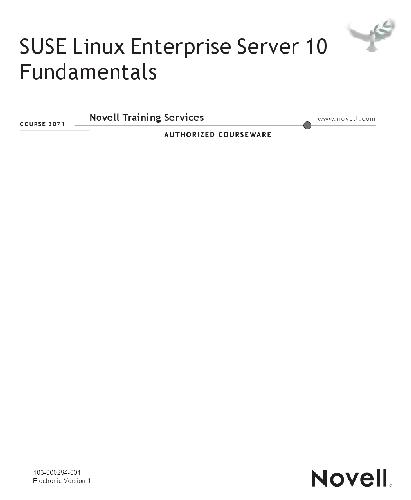
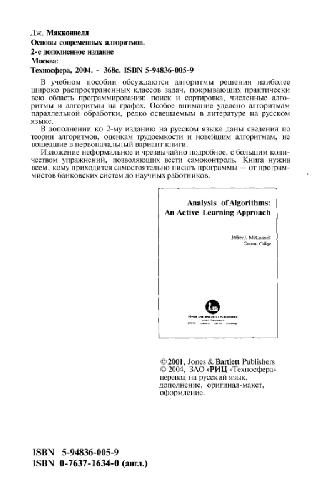
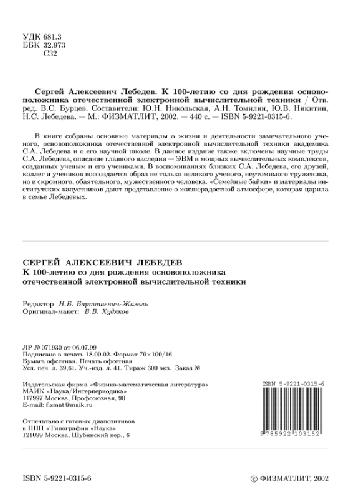


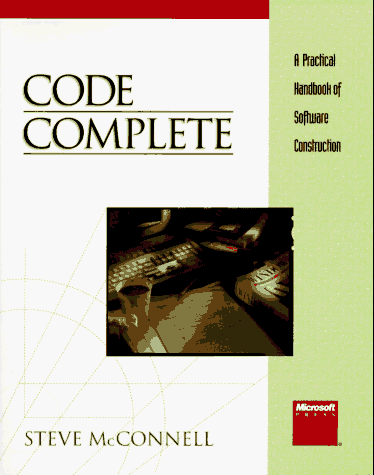
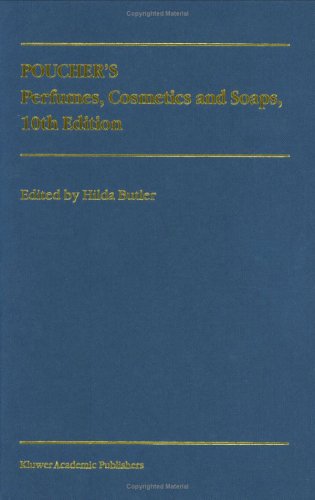
Reviews
There are no reviews yet.